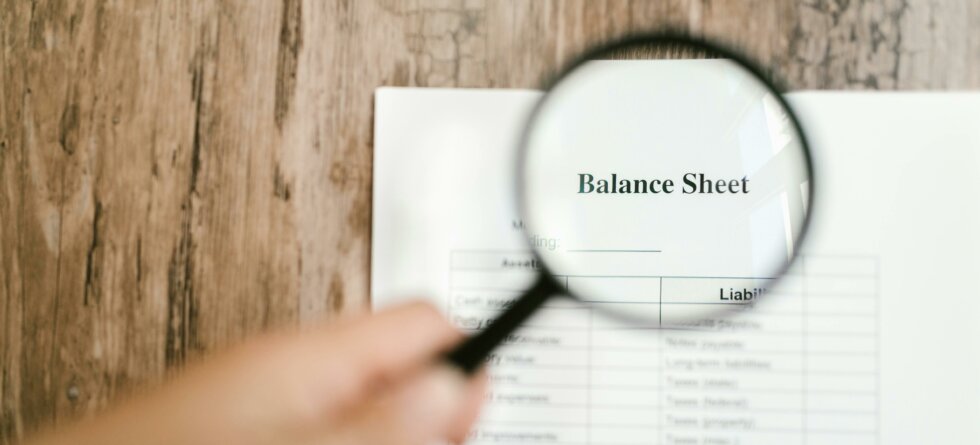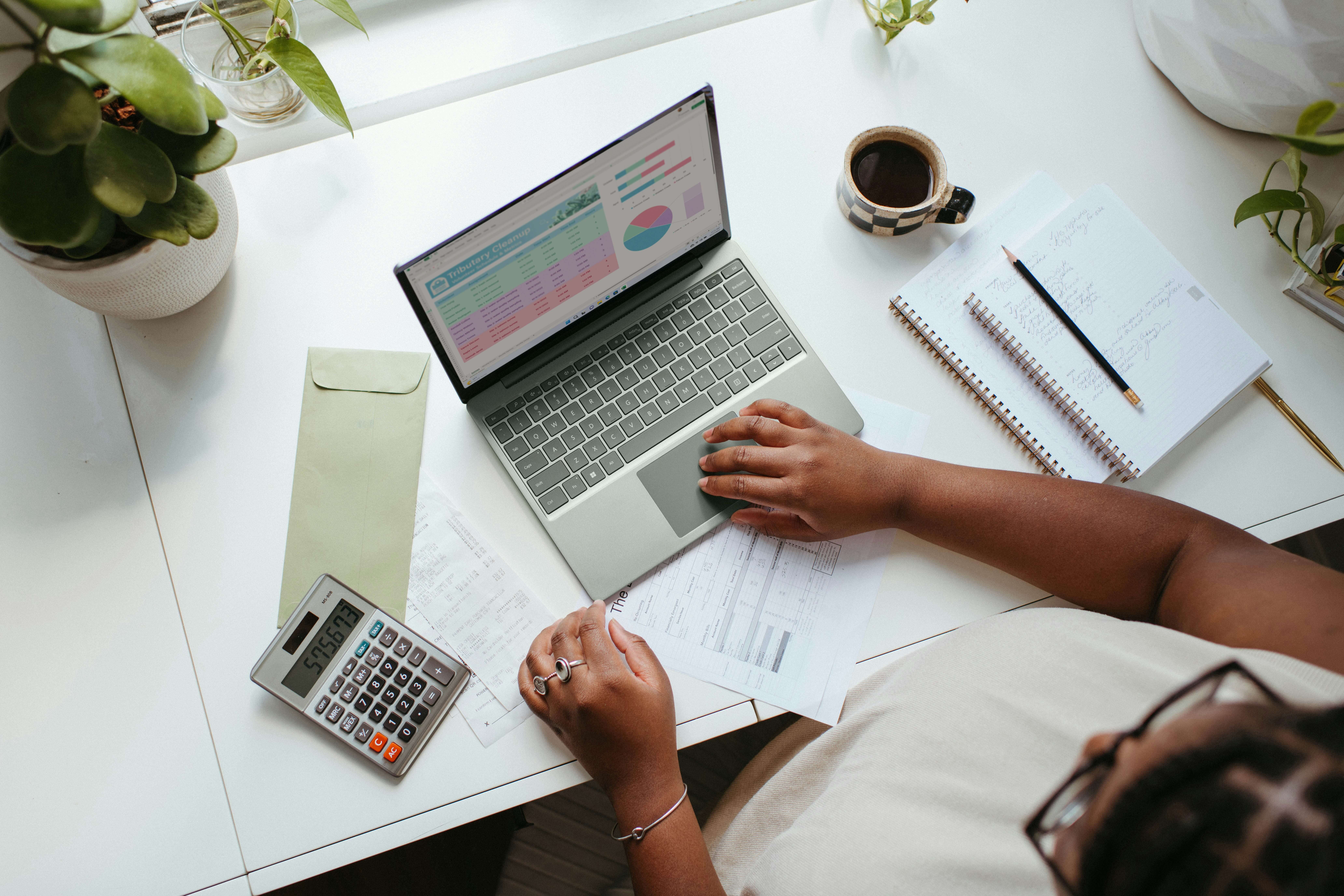A balance sheet gathers financial info about a business and presents its assets, liabilities, and equity at a specific point in time.
Step-by-Step Guide on How to Start a Balance Sheet
1. Identify the Reporting Date – Determine the specific date for which you are preparing the balance sheet. The balance sheet represents a snapshot of the company’s financial position at a given point in time, typically at the end of a reporting period, such as the end of the fiscal year or a specific quarter.
2. Gather Financial Information – Collect relevant financial information and documents, including…
- Trial balance – A list of all the company’s accounts and their respective balances at the reporting date.
- General ledger – Detailed records of individual transactions, journal entries, and account balances.
- Bank statements – Records of the company’s cash balances and banking transactions.
- Accounts receivable and accounts payable reports – Summaries of amounts owed to the company by customers (accounts receivable) and amounts owed by the company to suppliers and vendors (accounts payable).
3. Identify Assets – Assets are resources that the company owns or controls, which have economic value and are expected to provide future benefits.
Common types of assets include…
- Cash and cash equivalents
- Accounts receivable
- Inventory
- Property, plant, and equipment
- Investments
- Intangible assets (e.g., patents, trademarks, goodwill)
4. List Assets – Start by listing all the company’s assets on the balance sheet. Organize assets into categories based on their liquidity and expected conversion into cash…
- Current assets – Assets that are expected to be converted into cash or used up within one year.
- Non-current assets – Assets that are expected to provide benefits beyond one year.
5. Identify Liabilities – Liabilities are obligations that the company owes to external parties, such as creditors, suppliers, and lenders.
Common types of liabilities include…
- Accounts payable
- Loans and borrowings
- Accrued expenses
- Deferred revenue
- Long-term debt
6. List Liabilities – Next, list all the company’s liabilities on the balance sheet. Like assets, liabilities are categorized based on their maturity or due date…
- Current liabilities – Obligations that are due within one year.
- Non-current liabilities – Obligations that are due beyond one year.
7. Calculate Equity – Equity represents the company’s net assets, which belong to the owners or shareholders. Equity is calculated as the difference between total assets and total liabilities…
Equity = Total Assets – Total Liabilities
8. Verify the Equation – Ensure that the balance sheet equation holds…
Total Assets = Total Liabilities + Equity
This equation must always balance, as it reflects the basic accounting principle of double-entry bookkeeping.
9. Format the Balance Sheet – Organize the balance sheet into a standardized format, with assets listed on the left-hand side and liabilities and equity listed on the right-hand side. Typically, current assets and liabilities are listed first, followed by non-current assets and liabilities.
10. Review and Finalize – Review the balance sheet to ensure accuracy and completeness. Verify that all account balances are properly classified and that the balance sheet equation balances.
By following these steps, you can start creating a balance sheet that provides a snapshot of the company’s financial position at a specific point in time. Balance sheets are essential financial statements that provide valuable insights into a company’s liquidity, solvency, and overall financial health.




